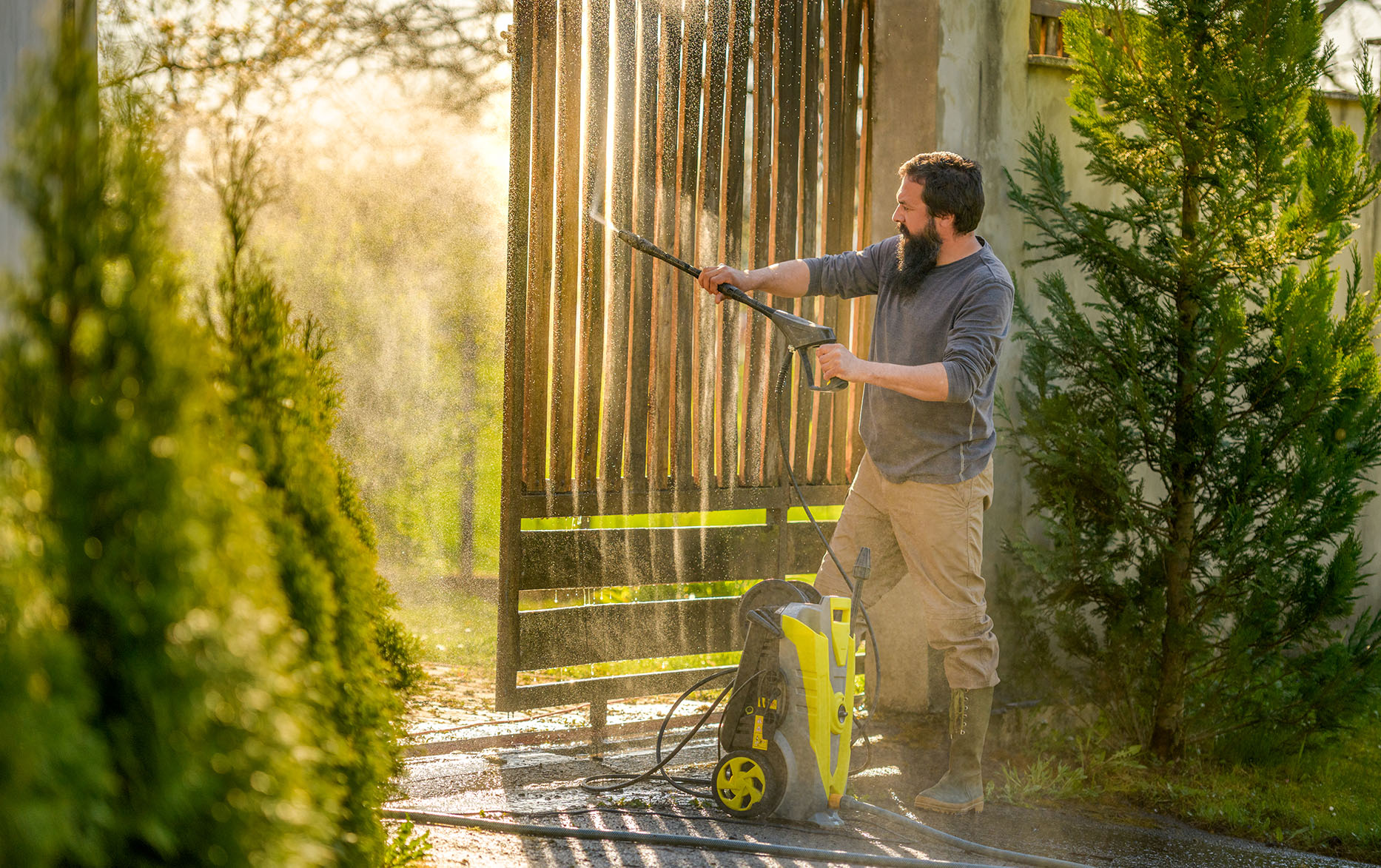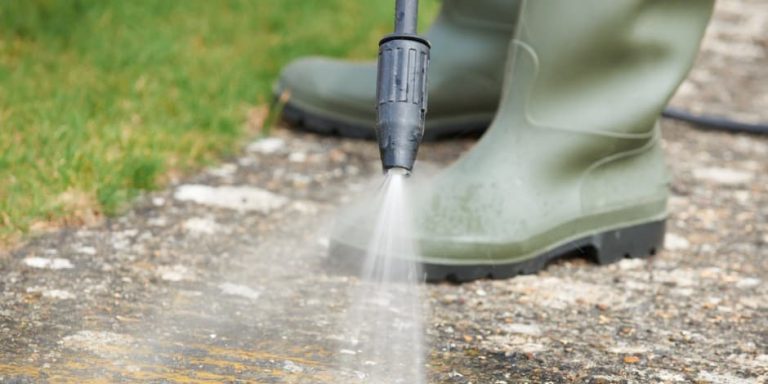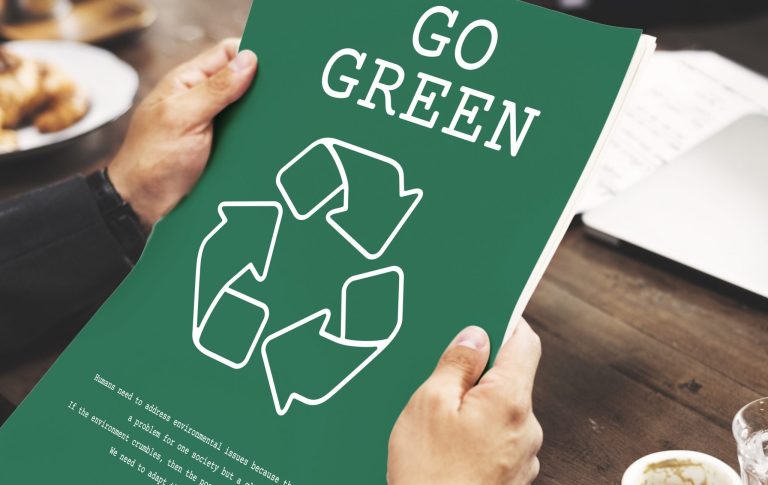
DIY power washing has become more popular than ever. From weekend warriors cleaning up driveways to homeowners tackling moldy siding, pressure washers are easy to rent or buy. But with that convenience comes environmental responsibility—and most users have no idea what the regulations or eco-risks are. 🧍♂️🚫
This article explores how untrained DIY power washers can accidentally damage ecosystems, pollute storm drains, and violate environmental laws, often without even knowing it.
❓Why Is DIY Power Washing Risky?
Power washers are powerful tools, often capable of blasting 2,000–4,000 PSI of water and chemicals onto surfaces. That kind of force, if used improperly, can:
- Strip protective coatings from buildings
- Damage landscaping or compact soil
- Flush contaminants directly into storm drains
Most DIYers don’t consider these consequences—and few take steps to contain or treat the wastewater they generate.
🧼 Common Environmental Mistakes DIY Washers Make
- Using Harsh Chemicals
Many over-the-counter cleaners contain bleach, phosphates, or acids. DIYers may overapply these chemicals and fail to neutralize or contain them. - Washing Pollutants into Drains
Oil stains, paint chips, pesticides, and other pollutants can be washed directly into storm drains without filtration. - Power Washing Too Close to Water Sources
DIY users often wash patios, decks, and walkways near lakes, rivers, or drainage ditches—sending contaminants straight into the watershed. - Unintentional Soil Erosion
High-pressure nozzles can blast away not only dirt but topsoil and mulch, contributing to sediment runoff. - Ignoring Local Regulations
Many areas require permits or impose runoff controls for outdoor cleaning, but most DIY users have no awareness of these rules.
Browse Amazon Here For Eco-Friendly Pressure Washing Detergents
⚠️ Real-World Examples of DIY Damage
- A homeowner in Florida was fined $2,000 after pressure washing their roof and allowing chemical runoff to enter a nearby canal, killing fish and aquatic plants.
- In California, city workers had to shut down a public sidewalk after a resident unknowingly washed lead-based paint flakes into a storm drain during a DIY renovation.
- HOA neighborhoods across the U.S. have reported turf and landscape damage from neighbors attempting to clean with too much pressure and no guidance.
📜 Understanding the Legal Landscape
Many cities and states have strict guidelines regulating pressure washing, especially when it comes to:
- Runoff entering storm drains or waterways
- The use of certain chemicals near sensitive environments
- Noise ordinances and equipment emissions
- Proximity to wetlands, creeks, or conservation zones
Violating these rules can result in fines, cease-and-desist orders, or environmental remediation costs. Most DIYers are unaware of these risks—until it’s too late.
✅ Best Practices for DIY Power Washing (Without the Eco Guilt)
- Read Product Labels Carefully 📄
Avoid any cleaning products with phosphates, chlorine bleach, or “danger” warnings. Look for eco-certified alternatives. - Capture or Redirect Runoff 💧
Use berms, sandbags, or wet vacs to prevent water from entering drains. - Avoid Washing Before Rain 🌧️
Runoff from pre-storm cleaning is likely to carry pollutants into the watershed. - Research Local Laws 📚
Many municipalities offer online guidelines for eco-safe pressure washing. Some even provide checklists for homeowners. - Start with Plain Water and Low Pressure 🚿
In many cases, grime can be removed with nothing more than water and a stiff bristle brush—no chemicals required.
🧠 Final Thoughts
DIY power washing may be a weekend project for some, but its environmental consequences can last far longer. Lack of training, oversight, and awareness leads to polluted waterways, damaged ecosystems, and potential legal troubles.
Before you pull the trigger on a rented pressure washer, take the time to understand what you’re spraying, where it’s going, and how it might impact the world around you. Clean with care. 🌱🧼🌍
Browse Amazon Here For Eco-Friendly Pressure Washing Detergents






